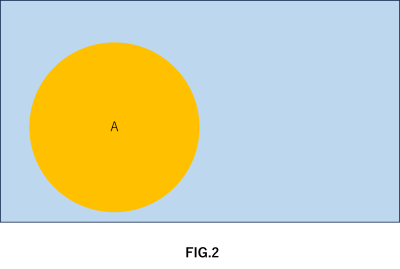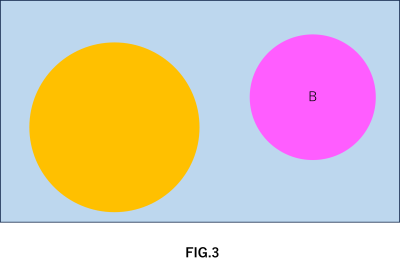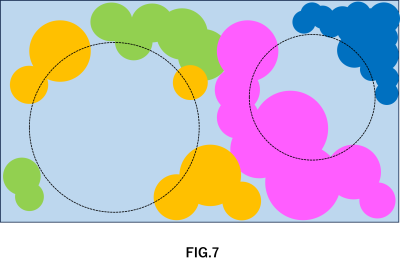The Hand in Business
The term "portfolio" in finance refers to asset composition, i.e., what financial assets are held and in what proportions.
The area of patents also has a term called "patent portfolio".
The term "patent portfolio" refers to the composition of patents, i.e., how many patents are held and on what subject matter.

A patent portfolio is similar to the image of a "hand" in a card game.
In a card game, the cards in the hand determine the superiority or inferiority of the player's position in the game.
Having a good patent portfolio means that you have a good hand of cards that can advance your business.
The patent portfolio reveals the business strategy, power relationship, and profitability of each company.
Patent Portfolio is a Territory
Businesses are divided into three areas.
1. My company's patent portfolio means the business territory that my company has secured with its patents. It is a business territory that other companies are not allowed to enter.
2. Other company's patent portfolio means the business territory that other company has secured with its patents. This is a business territory that my company cannot enter.
3. The leftover area is a free zone (lawless zone), where free competition takes place.
Transition of Patent Portfolio
When the seeds of a new business (semiconductors, solar cells, bioethanol, smartphone games, etc.) come into view, a new frontier is generated (Fig. 1).
At first, the entire area is a free zone (light blue).

The following is an example of how a patent portfolio changes as the business environment changes.
Company A enters the newly visible business S and obtains a patent (Figure 2).
Since a completely new frontier full of free zones, Company A is able to secure a large patent (business territory) (orange). Thus, Company A begins to form a patent portfolio.

Seeing Company A enter Business S, Company B also decides to enter Business S and obtains a patent (Figure 3).
Since the frontier is still large, Company B also secures a large business territory (purple); Company A and Company B create their own patent portfolios and segregate themselves.

Company A obtains several more patents in Business S and enhances its patent portfolio (Figure 4).
Company B also obtains patents one after another and steadily expands its own business territory.

A new company C enters the market (Figure 5).
Since Company A and Company B have built up a large patent portfolio, Company C's patents will be niche (blue).
Even though Company C's business territory is small, there is a possibility that it can secure a high profit margin by refining its niche, so Company C, which is late to the game, has a chance to make a profit.

Suppose that after several years have passed and various companies have entered or withdrawn, the main players in business S have been limited to four companies, A, B, C, and D. The four companies have obtained various patents, both large and small.
Since there are only little free zone left, the business is highly oligopolistic, making it difficult for new entrants to enter the market (Figure 6).

Suppose here that the initial basic patents of Company A and Company B expire.
The expiration of the basic patents opens up a large free zone, making it easier for companies to enter the market (Figure 7).
If a company has a unique weapon such as "low price," it may be able to win in the free zone.

Updating the Patent Portfolio
Company A, which has lost its monopoly power, i.e., its pricing power, may withdraw from business S.
If Company A abandons its patents as a result of the withdrawal, the free zone will expand even further.
Company A withdraws because it has made enough money from business S and may invest its management resources in another new business R. Company A shifts its IP budget from the withdrawn business S to the new business R and updates its patent portfolio.
The development of alternative technologies may result in the loss of customers from the business S itself and the sequential withdrawal of all companies.
A patent portfolio can be viewed as a kind of mining concession set aside for business areas that are expected to be profitable.
Finding a growing business as soon as possible and establishing a high-quality patent portfolio as early as possible will lead to a highly profitable corporate structure.
Business and patents are two interrelated wheels.
The patent portfolio should change as the target business of the investment changes.
Alternatively, investment targets may be determined based on the patent portfolio.